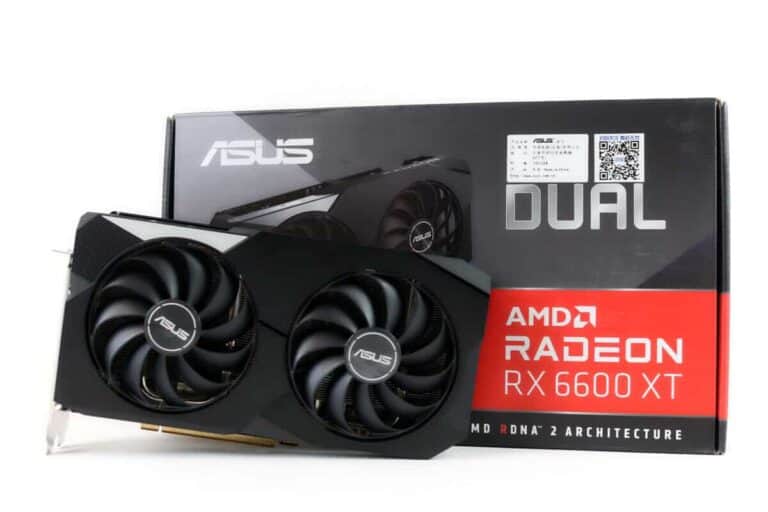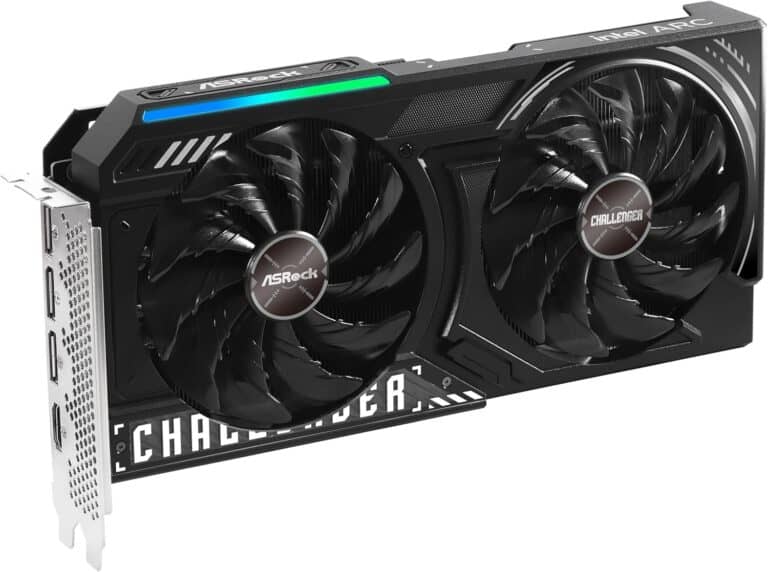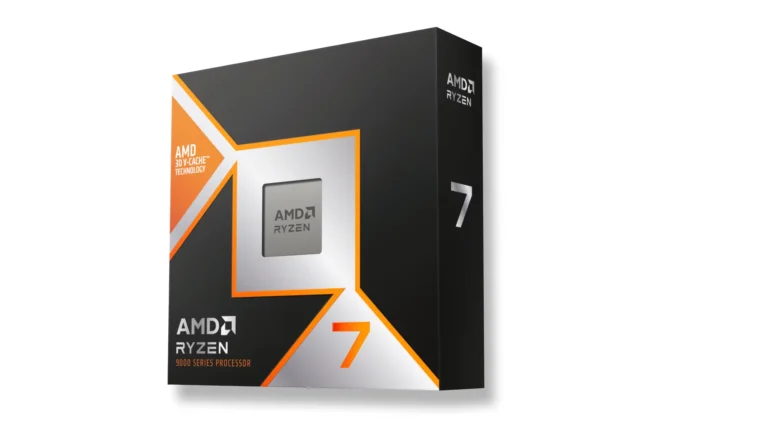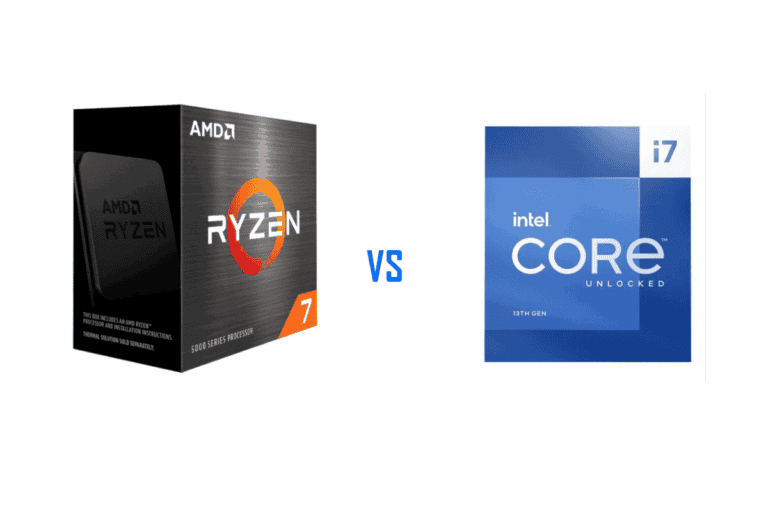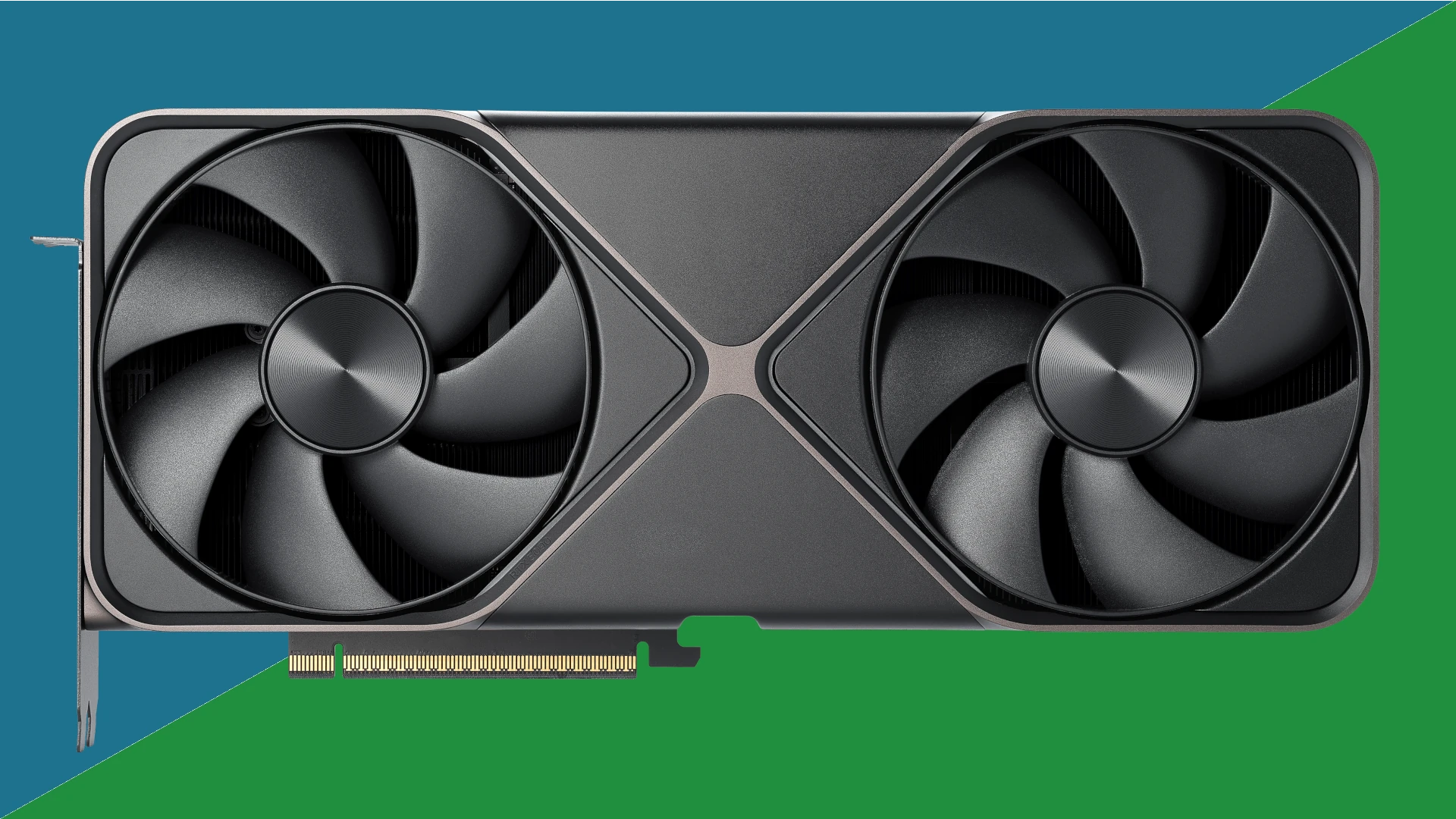
For PC gamers, the pursuit of cutting-edge performance never stops. Every generation of hardware raises the bar, pushing the limits of what’s possible in gaming visuals and performance. Nvidia has consistently led this charge, and its newest flagship GPU, the RTX 5090, is no exception. Touted as the most powerful graphics card in Nvidia’s lineup to date, the RTX 5090 promises to redefine the gaming experience with unprecedented levels of speed, efficiency, and graphical fidelity.

Early benchmarks reveal that the RTX 5090 offers an impressive 27% to 35% performance boost over its predecessor, the RTX 4090, even without the assistance of DLSS (Deep Learning Super Sampling). This increase translates into smoother gameplay at ultra-high resolutions, including 4K and even experimental 8K setups. For competitive gamers and enthusiasts seeking the absolute best, these improvements mean lower latency, higher frame rates, and the potential to maximize visual settings in even the most demanding titles.
Under the hood, the RTX 5090 features Nvidia’s new Blackwell architecture, which delivers cutting-edge advancements in computational efficiency. This architecture enables the GPU to pack more CUDA cores than ever, reaching a reported 24,576 cores, a significant jump from the RTX 4090’s 16,384. Additionally, the RTX 5090 boasts 48 GB of next-gen GDDR7 memory with an unprecedented 32 Gbps memory speed, providing over 1.5 TB/s of memory bandwidth—nearly 50% more than its predecessor. These specifications make it a powerhouse not only for gaming but also for tasks like 3D rendering, AI workloads, and video production.
Here’s a comparison table highlighting the key specifications of the RTX 5090 versus the RTX 4090:
| Specification | Nvidia RTX 5090 | Nvidia RTX 4090 |
|---|---|---|
| Architecture | Blackwell | Ada Lovelace |
| CUDA Cores | 24,576 | 16,384 |
| Base Clock Speed | ~2.3 GHz (Estimated) | 2.23 GHz |
| Boost Clock Speed | ~2.9 GHz (Estimated) | 2.52 GHz |
| Memory | 48 GB GDDR7 | 24 GB GDDR6X |
| Memory Speed | 32 Gbps | 21 Gbps |
| Memory Bandwidth | ~1.5 TB/s | 1.008 TB/s |
| Power Consumption (TDP) | ~550W (Estimated) | 450W |
| Ray Tracing Cores | 4th Generation | 3rd Generation |
| Tensor Cores | 5th Generation | 4th Generation |
| Manufacturing Process | 3nm | 4nm |
| Performance Gain (Overall) | 27%–35% Over RTX 4090 | Baseline |
| DLSS Version | DLSS 4.0 | DLSS 3.0 |
| PCIe Interface | PCIe 5.0 | PCIe 4.0 |
| Target Resolution | 4K/8K Gaming | 4K Gaming |
| MSRP (Estimated) | $2,199 | $1,599 |
Notes:
- The RTX 5090’s specifications are based on early leaks and projections. Official figures may vary upon release.
- Power consumption, base/boost clock speeds, and MSRP are subject to change pending Nvidia’s confirmation.
The RTX 5090’s raw performance is further complemented by innovations in ray tracing and AI-driven rendering technologies. Nvidia claims that the card delivers up to 2.5x the ray tracing performance of the RTX 4090 when fully utilizing its RT cores and Tensor cores. This leap is particularly noticeable in games like Cyberpunk 2077 and Far Cry 6, where real-time ray tracing creates lifelike reflections, shadows, and lighting that elevate immersion to new heights. These enhancements are paired with the latest DLSS 4.0 technology, which leverages AI to upscale lower resolutions into high-quality visuals, making ultra-high resolution gaming more accessible.
The card’s power efficiency also marks a significant improvement. Despite its greater performance, the RTX 5090 reportedly achieves better power-to-performance ratios thanks to its use of Nvidia’s refined 3nm manufacturing process. This ensures that the GPU consumes less energy per frame rendered, which is good news for gamers concerned about power usage and heat management.
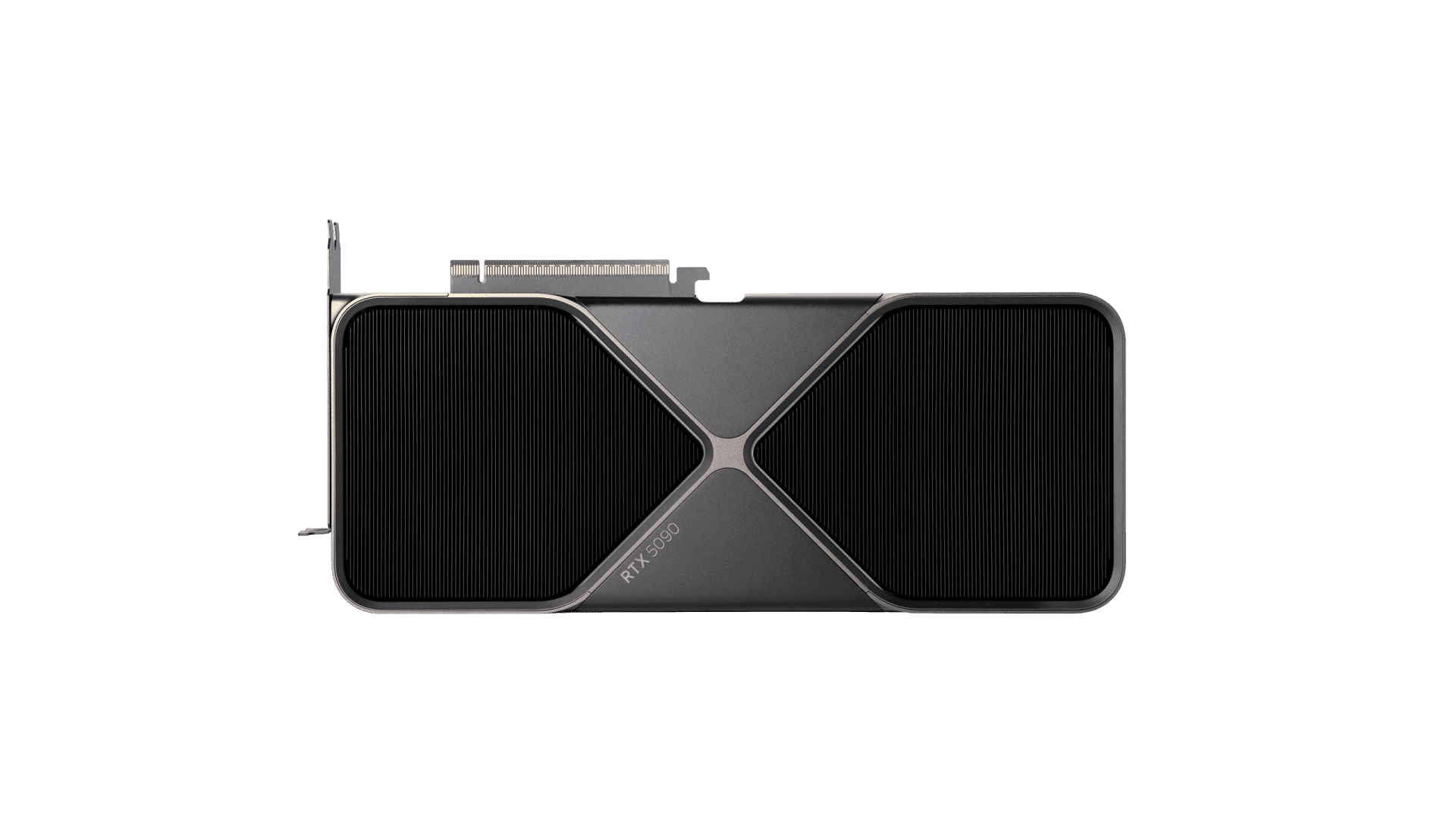
For PC gamers looking to future-proof their rigs, the RTX 5090 sets a new gold standard. Whether you’re building a new system or upgrading from an earlier RTX card, the leap in performance, memory capacity, and technological advancements is hard to ignore. From hardcore gamers to creative professionals, Nvidia’s flagship GPU caters to those who demand the very best in their hardware.
RTX 5090: A Leap in Raw Gaming Performance
Recent reports show that NVIDIA’s GeForce RTX 5090 significantly outperforms the RTX 4090, even without using DLSS (Deep Learning Super Sampling). Early tests indicate the RTX 5090 provides about 27% to 35% better performance in gaming and benchmarks compared to the previous model. For example, in 3DMark’s Speed Way benchmark, the RTX 5090 scored 13,500 points, which is a 34% increase over the RTX 4090’s score of 10,064 points. In the Time Spy Extreme test, the RTX 5090 scored 24,000 points, showing a 23% improvement over the RTX 4090.
In gaming, the RTX 5090 also shows notable gains. For instance, in “Far Cry 6” with Ray Tracing turned on, the RTX 5090 had a 27.5% performance boost over the RTX 4090. When DLSS and full Ray Tracing are activated, some games have reported performance improvements of up to 2.5 times compared to the RTX 4090. These improvements come from the RTX 5090’s better specifications, like a higher CUDA core count, more memory bandwidth, and the use of GDDR7 memory, which all lead to better performance even without DLSS.
Performance Gains Without AI Upscaling
Nvidia’s RTX 5090 graphics card delivers a significant performance jump over the previous generation RTX 4090, even without relying on DLSS (Deep Learning Super Sampling). Early benchmarks suggest a performance increase of roughly 32% in raw gaming power. This is a big deal for gamers who prioritize native resolution rendering and want the best possible image quality without AI assistance.
What Drives This Boost?
Several key factors contribute to this impressive performance gain:
- Increased CUDA Cores: The RTX 5090 packs a more substantial number of CUDA cores. These cores handle the heavy lifting of graphics processing. More cores translate directly to more parallel processing power, leading to faster rendering times.
- Faster Memory: The 5090 uses GDDR7 memory, a new memory standard that offers higher bandwidth than the GDDR6X memory used in the 4090. This faster memory allows the GPU to access and process data much quicker.
- Architectural Improvements: Nvidia has likely made architectural improvements to the Ada Lovelace Next architecture. These changes optimize how the GPU handles tasks, improving overall efficiency and performance.
Real-World Gaming Benefits
This 32% performance boost means big improvements for gamers. Expect:
- Higher Frame Rates: Games will run at significantly higher frame rates, especially at higher resolutions like 4K and beyond. This creates a smoother and more responsive gaming experience.
- Enhanced Visual Fidelity: Gamers can crank up graphics settings like ray tracing and texture quality without sacrificing performance. This means more detailed and immersive game worlds.
- Future-Proofing: The extra performance headroom will ensure that the RTX 5090 can handle upcoming games with demanding graphics requirements for years to come.
Performance Comparison
| Feature | RTX 4090 | RTX 5090 (Estimated) |
|---|---|---|
| Performance Boost (without DLSS) | Base | ~32% |
| Memory Type | GDDR6X | GDDR7 |
| CUDA Cores | Less | More |
This table offers a simplified view of the performance gains. Exact specifications may vary. The estimated 32% performance increase is based on early benchmarks and projections.
Performance Gains of RTX 50 Series GPUs
Nvidia’s RTX 50 Series GPUs show notable performance improvements over their predecessors. The RTX 5090 leads the pack with a 32% speed boost compared to the RTX 4090. This gain comes without using DLSS 4 or frame generation technologies.
The RTX 5080 offers a 15% performance increase over the RTX 4080. While this is the smallest improvement in the series, it comes with a price reduction. The new card costs $999, which is 16% less than the RTX 4080’s launch price of $1,199.
For the RTX 5070 Ti, performance gains vary by game. It shows a 19% boost in Resident Evil 4 and a 22% increase in Horizon Forbidden West compared to the RTX 4070 Ti. The RTX 5070 follows a similar pattern, with 20-22% improvements over the RTX 4070.
These performance metrics come from Nvidia’s internal tests. They used games like Resident Evil 4 and Horizon Forbidden West for benchmarking. The company presented the data without exact numbers on the Y-axis, making precise comparisons challenging.
Here’s a summary of the performance gains and pricing:
| GPU Model | Performance Increase | Price (MSRP) | Price Change |
|---|---|---|---|
| RTX 5090 | 32% over RTX 4090 | $1,999 | +25% |
| RTX 5080 | 15% over RTX 4080 | $999 | -16% |
| RTX 5070 Ti | 19-22% over RTX 4070 Ti | $749 | -6% |
| RTX 5070 | 20-22% over RTX 4070 | $549 | -8% |
The RTX 5070 stands out as potentially the best value option. It offers significant performance gains at a lower price point than its predecessor.
Key features of the RTX 50 Series include:
- GDDR7 memory (RTX 5090)
- Improved ray tracing capabilities
- DLSS 4 support
- Enhanced AI-powered graphics
DLSS 4 is a major selling point for the new series. It promises better upscaling, faster frame generation, and improved handling of ray-traced lighting. Users can also upgrade older games to use the latest DLSS version.
The RTX 5090 introduces GDDR7 memory to consumer GPUs. This allows for higher memory bandwidth, which can boost performance in memory-intensive tasks and high-resolution gaming.
While raw performance gains are important, Nvidia emphasizes the impact of DLSS 4 and frame generation. These technologies can significantly boost frame rates beyond the base improvements shown in the benchmarks.
Gamers should consider both raw performance and these AI-enhanced features when evaluating the new GPUs. The combination of hardware improvements and software enhancements may offer substantial real-world benefits in supported games.
As with previous generations, custom models from Nvidia’s partners may offer different cooling solutions and factory overclocks. These could affect both performance and power consumption compared to the reference designs.
It’s worth noting that these figures come from Nvidia’s internal tests. Independent reviews will provide a more complete picture of real-world performance across a wider range of games and applications.
Common Questions About the RTX 5090
How Much Faster is the RTX 5090 Than the RTX 4090?
The RTX 5090 is about 32% faster than the RTX 4090 without using DLSS. This speed boost comes from improved hardware and design. The new GPU uses GDDR7 memory, which is faster than the GDDR6X in the 4090. It also has more CUDA cores and better power management.
What Changes Will Gamers See With the RTX 5090?
Gamers will notice smoother gameplay at high resolutions. The RTX 5090 can handle 4K and 8K gaming better than its predecessor. It also improves ray tracing, which makes lighting and reflections look more real. Games that use AI features will run faster too.
What Are the Key Features of the RTX 5090?
- 32GB GDDR7 memory
- 512-bit memory bus
- 1.8 TBps memory bandwidth
- DLSS 4 support
- Improved ray tracing cores
- Better power efficiency
Which Tasks Will Benefit Most From the RTX 5090?
The RTX 5090 shines in tasks that need lots of GPU power:
- 3D rendering
- Video editing
- AI and machine learning
- Virtual reality
- Scientific simulations
Will the RTX 5090 Work in Systems Built for the 4090?
Most systems that can use a 4090 should work with a 5090. But check these things:
- Power supply wattage
- Case size
- Motherboard PCIe slot
- Cooling system capacity
Some systems might need upgrades to handle the 5090’s power and size.
How Does the RTX 5090’s Power Use Compare to the 4090?
The RTX 5090 uses more power than the 4090, but it’s also more efficient. Exact numbers aren’t confirmed yet. Users should expect to need a strong power supply, likely 1000 watts or more. Good cooling is also important to keep the card running well.



